The Devastating Ohio River Flood of 1937
A million people were displaced by the widespread flooding.
The 1930s were a tough time for most people around the world. The Stock Market Crash of 1929 ushered in an era of unprecedented joblessness, while over-farming and other factors simultaneously caused massive droughts and flooding in the U.S. These natural catastrophes led to huge numbers of unemployed and displaced farmers, not to mention all the other people affected by alternating Dust Bowl and flood conditions. In the Midwest, the Ohio River Flood of 1937 was to biggest flood its residents had ever seen, with the deepest measurements since the first records were kept 175 years before. Here are some photos from that infamous flood, an event that people who lived through it never, ever forgot.
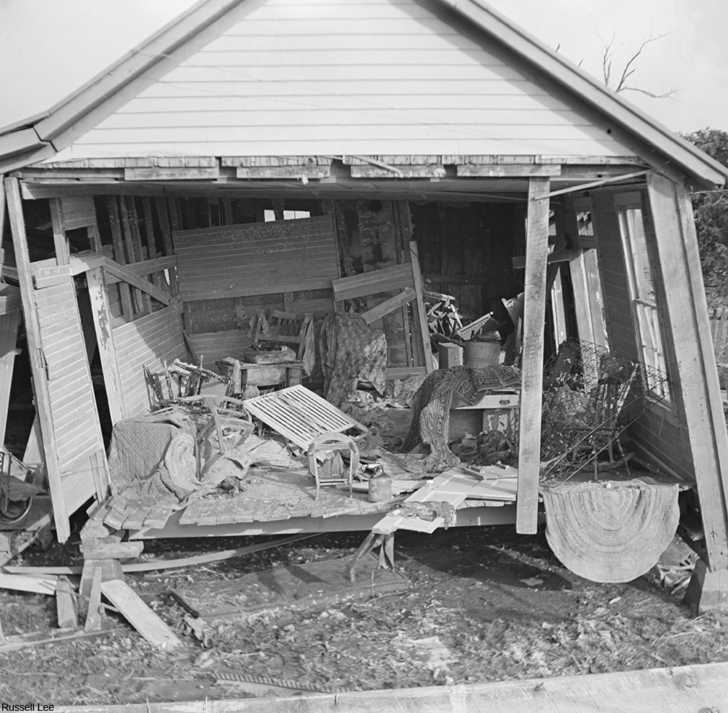
The Ohio River flood mainly impacted people in West Virginia, Ohio, Indiana, Kentucky, and Missouri. In these states, already largely farming areas, folks who lived near the river were often caught unawares and had to scramble to get out. Between January 13th and 25th of 1937, the Ohio River Valley got 1-2 feet of rainfall. That much rain in such a short time meant that waters rose well above the flood line- in some cases as much as 50 feet above!
In Louisville, Kentucky, 23,000 people were displaced by the flooding, with water covering 60% of the city. Churchill Downs horse racing track, 4 miles from the river, was badly flooded.
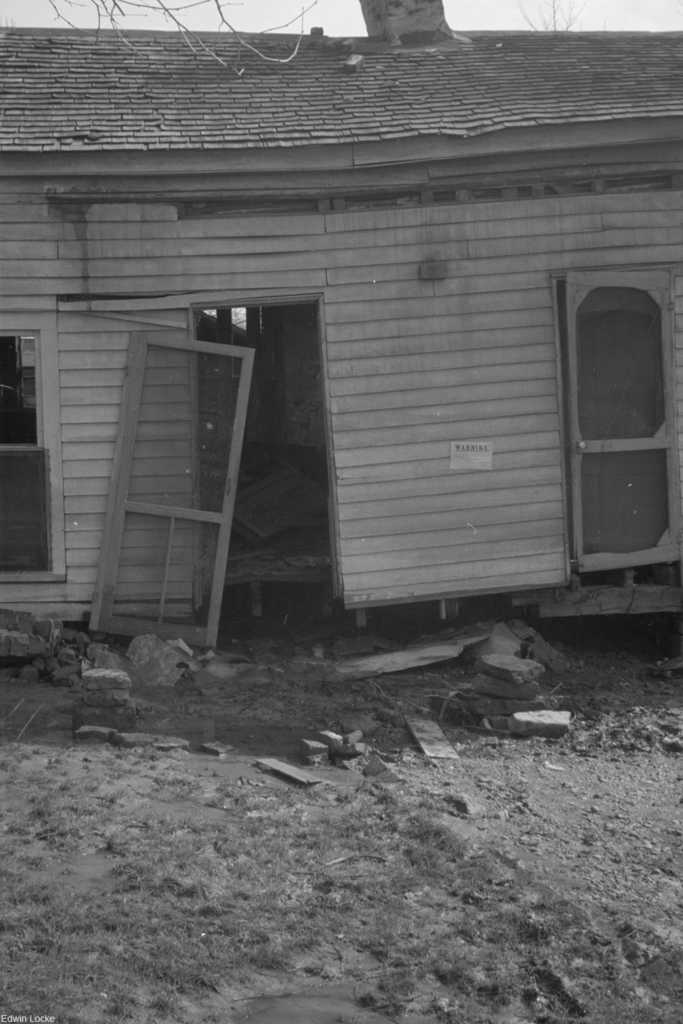
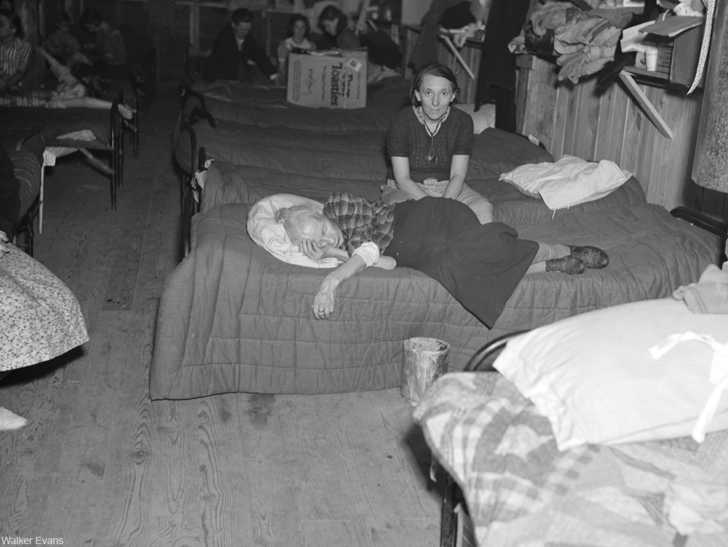
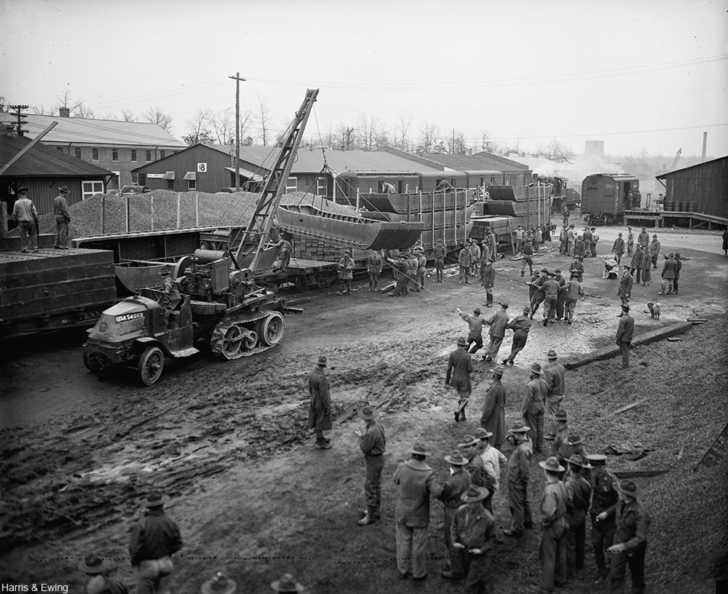
In Indiana whole counties were flooded out, such as Jeffersonville County which suffered 90% of its land being underwater.
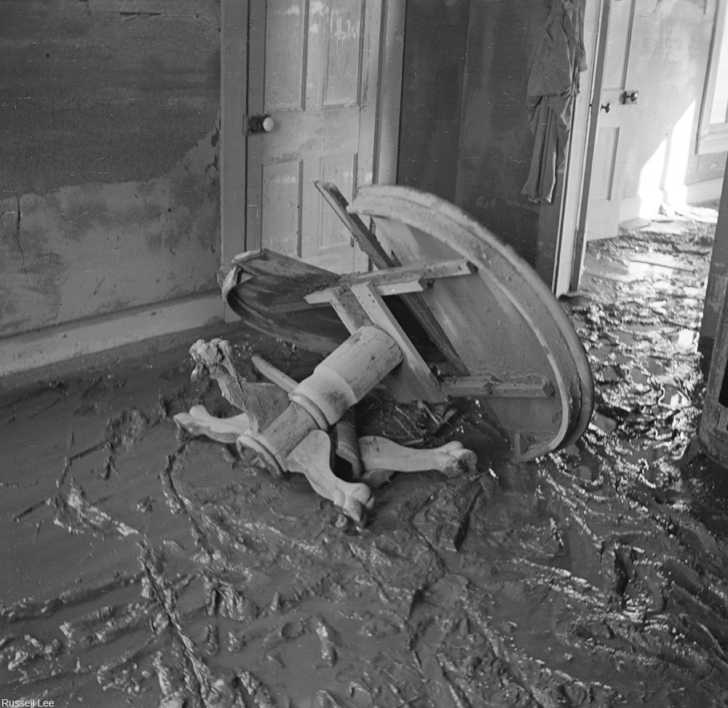
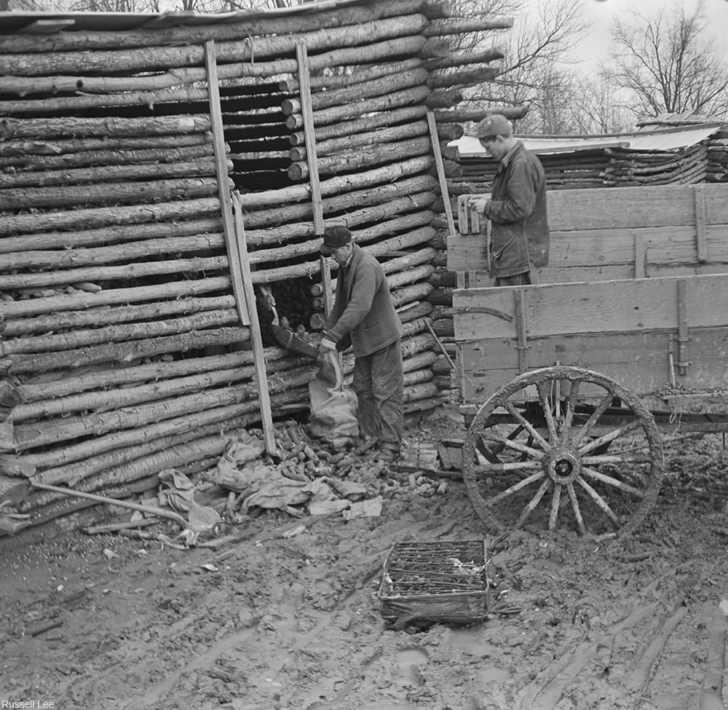
In all 385 people died in the flood, as well as countless animals. It is estimated that around 1 million people were left homeless by the flood. In Cairo, Illinois, the Birds Point levee was blasted with dynamite on January 25th so that the town might be spared the worst of the flooding. All that water went into Missouri farmlands, where farmers were understandably very upset by the development.
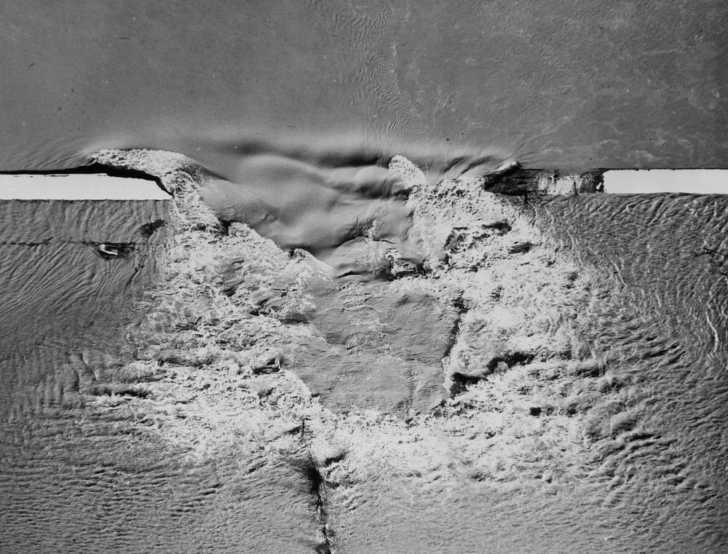
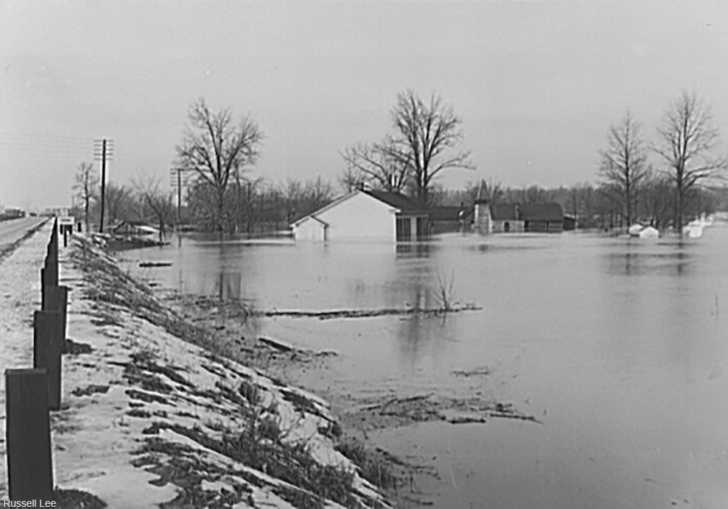
In Arkansas not only did the state receive heavy rainfall, but the flooding was made worse when the Ohio River flooded, as the Ohio feeds into the Mississippi River that runs through the state.
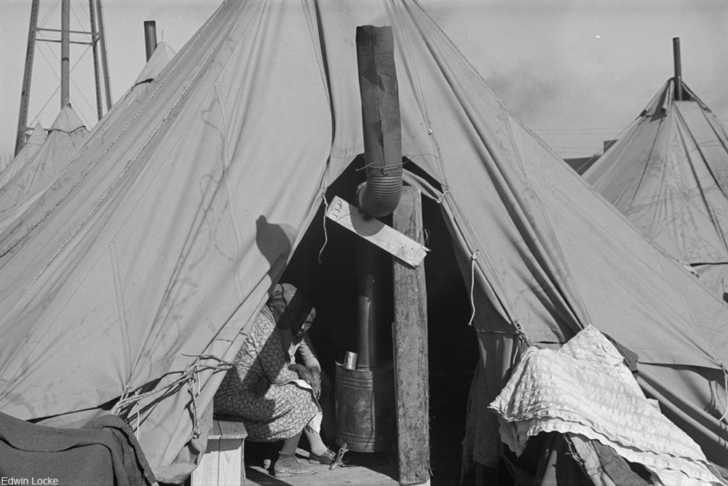
In Tennessee the flooding was widespread and very deep as the Tennessee River and the Ohio are also connected waterways. In some houses the water went nearly up to the door frame tops, resulting in very little to be salvaged. The street below in north Memphis shows how even by February the water had not receded in some areas.
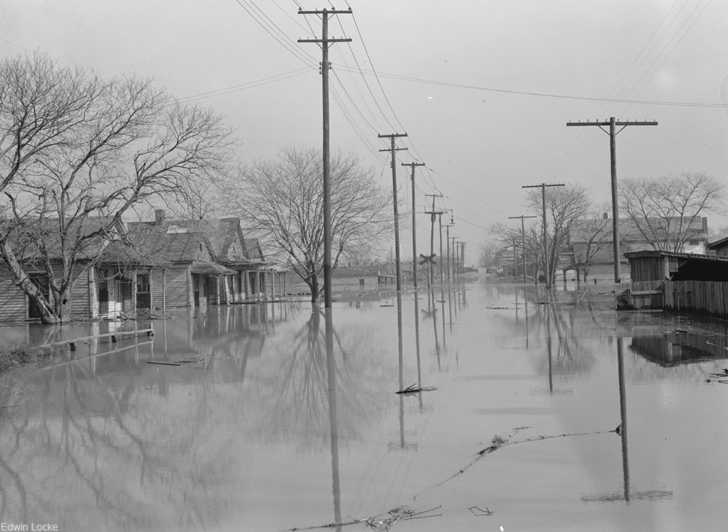
In addition to all the other problems of the 1930s, including the need to tighten belts all across the board, the widespread flooding sent huge sections of the U.S. into devastation. It took years for some farms to rebuild, and many smaller homes were simply washed away, never to be rebuilt at all. In many areas the flood came just as towns were beginning to regain financial footing from the hardships of the Great Depression- making this a doubly-awful catastrophe.
SKM: below-content placeholderWhizzco for DOT

